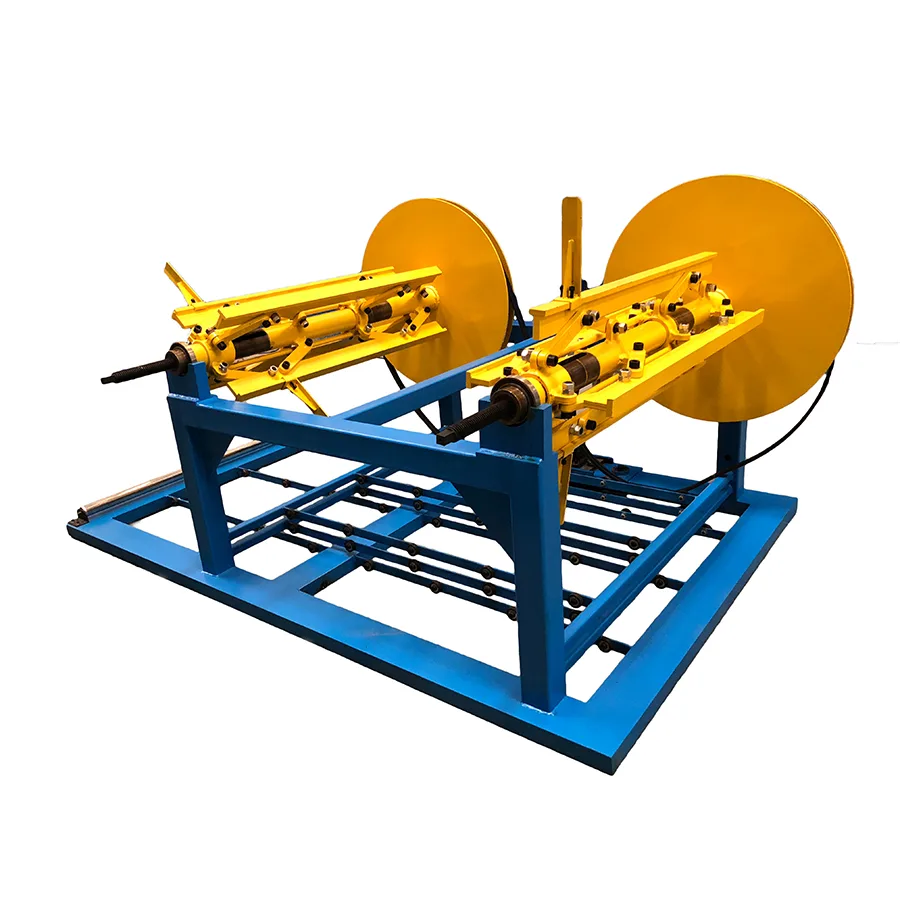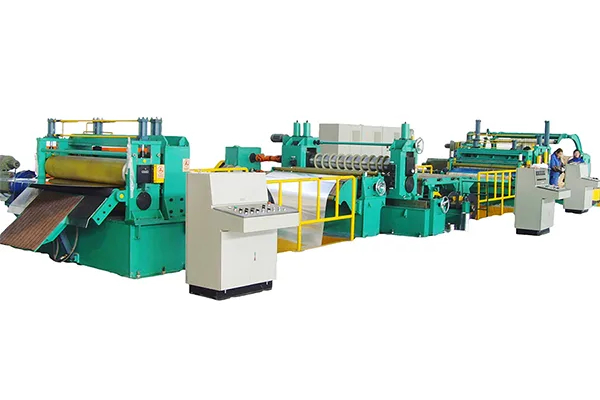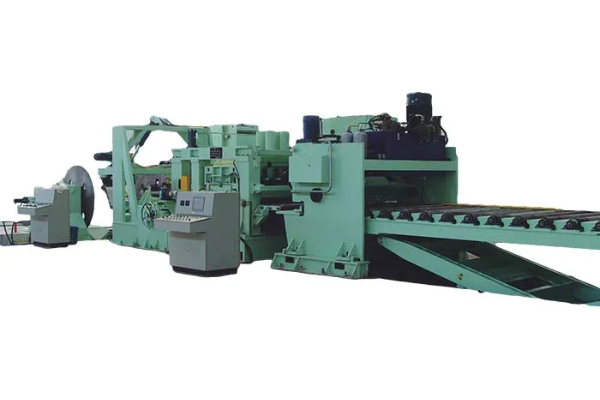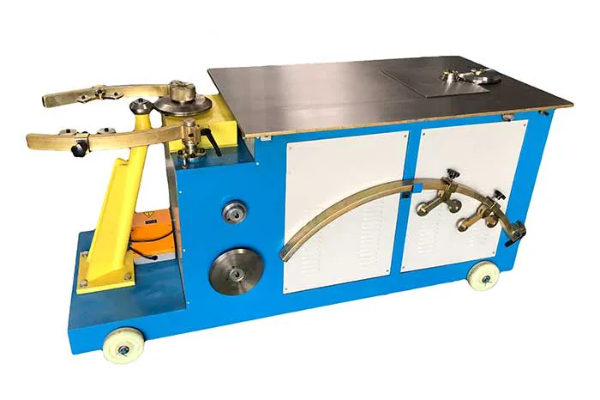
Understanding the Technology Behind Plate Bender Machines
- By:Metmac
- 2024-04-28
- 226
Introduction
In the realm of industrial fabrication, where precision and efficiency reign supreme, plate bending machines emerge as formidable tools, shaping metal into intricate forms with utmost accuracy. Behind these exceptional machines lies a sophisticated symphony of technology, orchestrating the transformation of raw metal into engineered marvels.
The Mechanics of Bending
At the heart of a plate bender machine lies its bending mechanism, typically consisting of three rollers: a top roller, a bottom roller, and an adjustable side roller. As the metal plate is fed through the rollers, the side roller applies pressure, forcing the plate to conform to the desired curvature. The top roller provides support for the bending process, while the bottom roller acts as the fulcrum. Sophisticated numerical control (CNC) systems guide the rollers with precision, ensuring consistent and accurate bending.
Types of Plate Bending Machines
Plate bending machines come in various types, each designed for specific applications. Hydraulic press brakes exert immense force for bending thick plates, while mechanical press brakes rely on gears and linkages for power transmission. Hybrid machines combine the advantages of both systems, offering high precision and durability. Roll bending machines, on the other hand, utilize three or more rollers to produce a continuous bend in the plate.
Material Handling and Safety
Efficient plate bending requires proper material handling and stringent safety measures. Automated loading and unloading systems facilitate the handling of heavy plates, reducing the risk of accidents. Laser sensors and safety interlocks prevent human errors and protect operators from potential hazards.
Advanced Technologies
Modern plate bending machines incorporate a host of advanced technologies to enhance productivity and precision. Computer-aided design (CAD) integrates seamlessly with CNC systems, enabling the creation and optimization of bending programs. Finite element analysis (FEA) simulates the bending process, predicting potential deformations and optimizing bending parameters.
Conclusion
Understanding the technology behind plate bender machines unlocks a world of possibilities in the realm of metal fabrication. The combination of advanced mechanics, CNC control, and safety features empowers manufacturers to create intricate metal components with precision, efficiency, and confidence. As technology continues to evolve, plate bending machines will undoubtedly remain indispensable tools in the industrial landscape, driving innovation and enabling the creation of durable and versatile metal structures.
-
Sheet Metal Rolling Machine for Sale: Finding Precision and Durability with METMAC
2025/12/09 -
Press Brake Bending Machine: Engineering Precision with METMAC
2025/12/09 -
CNC Sheet Bending Machine: Precision Redefined with METMAC
2025/12/09 -
Sheet Metal Roll Forming Machines: The Precision of METMAC Engineering
2025/12/09
-
Advanced Sheet Metal Rolling, Laser Cutting, and Folding Machines for Precision Fabrication
2025/10/31 -
High-Performance Sheet Metal Bending and Cutting Machines for Modern Fabrication
2025/10/31 -
High-Quality Sheet Metal Equipment for Sale: Efficient Solutions for Modern Manufacturing
2025/10/31 -
High-Performance Sheet Metal Equipment for Sale: Forming and Shearing Solutions for Modern Fabrication
2025/10/22
-
A Guide to the Latest Innovations in Sheet Metal Folding Machines
2024/11/29 -
Key Features to Consider When Investing in a Sheet Metal Folding Machine
2024/11/28 -
Enhancing Precision with Advanced Sheet Metal Folding Machines
2024/11/27 -
How to Choose the Right Sheet Metal Folding Machine for Your Workshop
2024/11/26







